Organizers
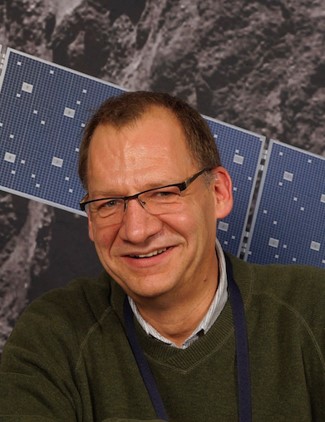
Johannes Benkhoff is the project scientist of BepiColombo, a joint ESA – JAXA space mission to study Mercury, which was launch in October 2018. He is planetary physicist working in the field of computational modeling the physics and chemistry of “surface – interior” interactions of small bodies in the Solar System (comets, moons, Mars and Mercury) for more than 30 years. He got his PhD in 1992 at University of Münster and obtained a scholarship from the German Science Foundation (DFG) to work as a post-doc at the SwRI institute in Texas, USA. After that he became a research scientist at the German Aerospace Centre, DLR, before he moved to ESA in 2004. He was a co-investigator of VIRTIS (Orbiter Instrument) and MUPUS (Lander Instrument) on ESA Rosetta mission, of VIRTIS on Venus Express, and on MERTIS and SIMBIO-SYS on BepiColombo.

Dr. Deborah Domingue is the Deputy Director and a Senior Researcher at the Planetary Science Institute. She was the Deputy Project Scientist for the MESSENGER mission to Mercury and a member of both the MESSENGER/MDIS and MESSENGER/MASCS instrument teams. Her expertise is in the photometric and spectral properties of planetary surfaces and the application of models and laboratory data for the interpretation spacecraft observations. Her work has involved the study of space weathering processes on the Moon, Mercury, and asteroids. She is a guest investigator on the Hayabusa2 mission, working with both the Hayabusa2/ONC and Hayabusa2/NIRS3 instrument teams. Deborah is currently engaged with the Stone Team to characterize the samples returned from Ryugu, Hayabusa2’s target asteroid. She is a Theme Lead for the Solar System Exploration Research Virtual Institute’s Toolbox for Research and Exploration (SSERVI-TREX), which includes laboratory studies of both solar particle irradiation and micrometeorite bombardment processes on asteroid surfaces.
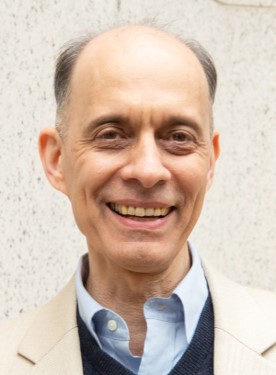
Dr. Daniel Wolf Savin is a Senior Research Scientist in the Astrophysics Laboratory at Columbia University. His group is current commissioning an apparatus to ion irradiate regolith-like loose powders and study their sputtering yield and their bidirectional reflectance spectroscopy. Daniel is a Fellow of the American Astronomical Society and the American Physical Society. He is also a founding organizer of the Laboratory Astrophysics Division (LAD) of the American Astronomical Society (AAS), the first new AAS division in over 30 years. He served as the LAD Secretary for the first 7 years of the division. Since 2017 he has also been the Laboratory Astrophysics Science Editor for the AAS journals, which include The Astrophysical Journal Letters, The Astronomical Journal, The Astrophysical Journal, The Astrophysical Journal Supplemental Series, and The Planetary Science Journal.
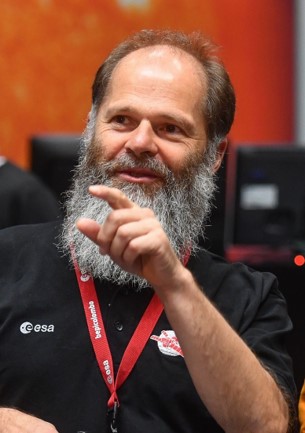
Dr. Joe Zender works at the European Space Agency and has been involved in supporting numerous ESA planetary missions, such as Huygens, Mars Express, Rosetta, and now BepiColombo. He is also involved in smaller-sized demonstration-type missions, including Proba-2 and Proba-3. His science interests cover the study of the solar atmosphere and the solar wind. He is also a meteor observer and involved in the chemical analysis of the meteor ablation process in the Earth atmosphere.
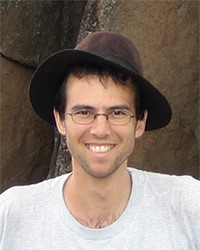
Dr. André Galli is a researcher, project manager, and lecturer at the Space Research and Planetary Sciences Division of the University of Bern. His current research involves laboratory experiments on the plasma interaction with the Moon, Mercury, and icy bodies of the solar system. His expertise is in space plasma and he is engaged in the data analysis of heliospheric satellite missions and studies related to the sustainability of space exploration. He is the project scientist of ESA’s Jupiter Icy Moons Explorer and a Co-I on NASA’s Intersteller Mapping probe.
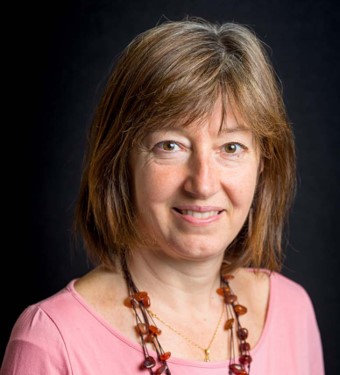
Anna Milillo is Senior Scientist at INAF/IAPS. She is an expert in the interactions between the ions, radiation and micrometeoroids within magnetospheres, the upper atmospheres/exospheres/, and surfaces. She is also an expert in Energetic Neutral Atom (ENA) instrument concept development, testing, and science operation. She is a BepiColombo Interdisciplinary scientist (coordinator of the Hermean Environment Working Group), Deputy PI of the BepiColombo/SERENA particle package, and also Co-I of the BepiColombo PHEBUS and SIXS instruments. She was Co-I of flown space particle detectors (e.g.: MEX/ASPERA-3 and VEX/ASPERA-4) and a member of the Magnetosphere Working Group for the EJSM (Europa Jupiter System Mission) requirements definition. Anna served as a Convener of the ISSI workshop “Surface bounded exospheres and interactions in the inner Solar System” (Bern, Switzerland, 20-24 January 2020) and is the lead guest editor of Space Science Review for the ISSI book currently in preparation.

Go Murakami is an Assistant Professor working at the Institute of Space and Astronautical Science (ISAS) in the Japan Aerospace Exploration Agency (JAXA). He is the Project Scientist of the ESA-JAXA joint BepiColombo mission for the Mercury Magnetospheric Orbiter: Mio. His science expertise is in solar terrestrial plasma physics and planetary atmospheric science. He received his Ph.D at The University of Tokyo in 2011 and joined JAXA/ISAS as a research fellow between 2011-2017 working on developments and observations with the Japanese ultraviolet space telescope Hisaki and the BepiColombo mission. In 2017 he began his current position at JAXA/ISAS and is managing the BepiColombo/Mio science planing and studies.
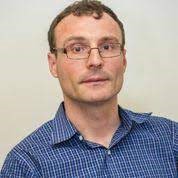
Menelaos Sarantos works for NASA and has been a science team member in the MESSENGER, LADEE, and now BepiColombo missions. He studies sources and sinks for planetary exospheres and their links to their surrounding plasmas with numerical models. He combines spacecraft measurements of neutral and ion composition with models to derive microscopic parameters of the gas-surface interaction from macroscopic properties of exospheres surrounding Mercury and the Moon
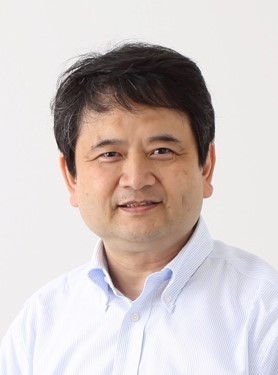
Sho Sasaki is currently a professor of planetary material science of the Earth and Space Science Institute of Osaka University. He has been working on dust detectors in space. He is Co-I of MDM on board Bepi-MMO. He is interested in color (spectral) change of airless bodies in time, so-called, space weathering process, where dust (micrometeoroid) impacts is one of plausible sources. He has conducted pulsed-laser experiments simulating micrometeoroid impacts and has begun UV irradiation experiments, as well. He is a Co-I on the camera teams of SELENE, Hayabusa, and Hayabusa2 missions and an expert on space weathering for these teams.

Dr. Michelle Thompson is an Assistant Professor of Planetary Science at Purdue University. Michelle and her group work to understand the space weathering of airless bodies including the Moon, asteroids, and Mercury. She uses a combination of laboratory experiments and returned sample analysis to understand the chemical, microstructural, and spectral alterations produced by space weathering processes. She is a NASA Early Career Fellow and science team member on the Hayabusa2 and OSIRIS-REx missions.
